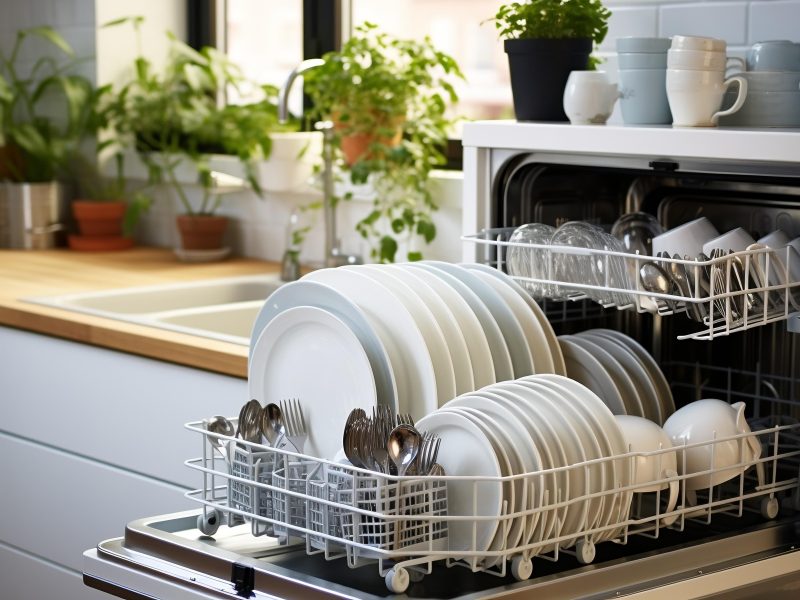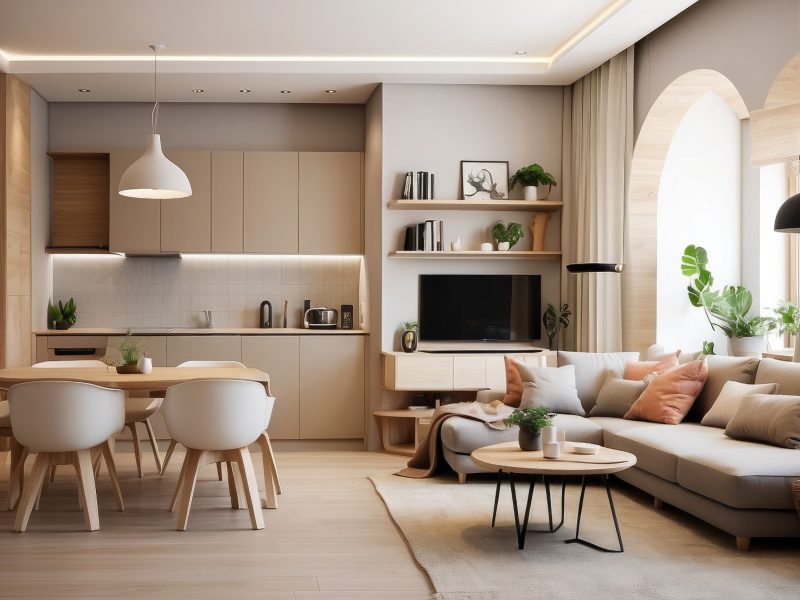The facility should be designed considering the needs of seniors and be secure for them
Did you know that India has been adding 5 to 6 million senior citizens to its population every year. Improved healthcare systems and precautionary measures have improved life expectancy from 41.4 years in 1960 to 62.5 years in 2000 and 68.8 years in 2018. Amidst all the talk of the demographic dividend of a young India, we are creating a “silver tsunami” of sorts. Every fifth Indian will be above the age of 60 by 2050.
With India’s fast-aging population, the demand for retirement homes is expected to rise significantly in the coming decades. Real estate developers are responding to the diverse and evolving needs of individuals by creating living spaces that prioritize comfort, well-being, and an enhanced quality of life. These spaces incorporate a predictive support system that facilitates hassle-free living and fosters an environment that brings together like-minded individuals in a harmonious setting. Post-retirement, the problems that most adults face are either related to changing health needs, lack of support, or decreased opportunities for social involvement.
“Our focus is on providing a secure, comfortable, and fulfilling environment where seniors can flourish and make the most of their golden years. We strive to design homes that promote active aging, foster social connections, and offer a wide range of amenities and services that enhance the overall quality of life for our residents,” says Ankur Gupta, “We firmly believe that developing senior living homes goes beyond constructing buildings; it involves creating vibrant communities that cater to the unique needs and aspirations of seniors.” Ashiana Housing recently launched its seventh Senior Living project, Ashiana Amodh in Pune. Spread over 11.93 acres, the project strives to cater to individuals aged 55 and above. Phase I will include 220 units, with a price range of Rs 57 Lacs to Rs 1.27 crore and will have various age-friendly features including an emergency response system in the master bedroom, master toilet, and drawing room.
What should any senior customer look for when investing in a house situated within a project especially created for seniors? How to check whether facilities are up to standard? Senior Living facilities have special design requirements, such as larger hallways, wheelchair turning radius in doors, grab bars, sensory lighting, and anti-skid tiles. Sanjay Bhatia, Senior Director – Community Development, Antara Senior Living which operates retirement homes in Dehradun and Noida says, “At Antara, we are careful about the intricate details in design such as configured rooms, rounded walls, and corners to avoid any possible injuries from fall, emergency button at a reachable height, wheelchair access with ramps and safety and security features. During the pandemic, we had to adapt and further enhance our design features such as creating sanitization tunnels, common spaces adapted to follow the norms for social distancing, etc. On the infrastructure front, we embraced technology by facilitating access to the residents with a Skype/Zoom to keep in touch with their kith and kin, provided with OTTs access since the residents were spending a considerable amount of time inside, convenience stores within the community and medical staff accessible always.”
By 2026, India is expected to have a population of over 173 million seniors (those aged 60 and more), making this a promising and underserved market, says Shaan Zaveri, Partner, Collated Ventures, IKARIA (IKARIA is a joint venture between Adani Realty & Collated at Shantigram Township strategically located between Ahmedabad and Gandhinagar in Gujarat). He adds that the senior living market is currently valued at $10.15 billion. Senior living properties today offer a unique mix of real estate, hospitality, and healthcare.
The demographic profile of the customers across these communities is almost similar- above 55+ years comprising professionals and business owners who are well-positioned, retired or planning to retire and looking for a lifestyle of comfort and care. They mostly aspire to community living amidst modern amenities and an amicable environment that provides physical and medical support.
Says Zaveri, “Our current clientele comprises individuals based in India, as well as non-resident Indians (NRIs). What attracts them to choose IKARIA as a lifestyle choice is the service-led approach, which is deeply rooted in three fundamental aspects: care, community, and convenience. We understand that seniors require a range of specialized services like housekeeping, maintenance, nutritious food options, and emergency medical coordination.”
Evaluate The Cost
People planning to put up in a retirement home must do three things, says Vishal Dhawan, chief executive officer (CEO) and founder of Plan Ahead Wealth Advisors. First, know whether you want to opt for renting versus buying. Two, buyers must calculate the maintenance costs and inclusions; and third, access to friends and family outside the community.
How should a senior citizen evaluate whether he has enough to buy a house in a retirement community project? Financial experts say that one must look at all the financial goals that need to be achieved and adjust for inflation- living expenses), vehicle costs and replacements, health care costs, travel costs, charity, inheritance desires. Once you have the overall corpus clear for all this, it can be mapped to existing assets and enable to evaluate how much one can afford. On the flipside, there could be some challenges. Mixing into a new community may have its own challenges. Social acceptance can sometimes be a challenge so one needs to keep that in mind. Should the old house be sold or retained? Experts reckon that ideally retain for six months till you are settled into the community and then sell so that capital gains can be adjusted (if any) as well as purchase of the new home.
Affordability of both the initial purchase and ongoing maintenance costs need to be considered. Know that apart from the capital cost of the house, there will be a maintenance cost, a caregiver cost and a hospitalization cost. Colonel Achal Sridharan, Founder at CovaiCare, shares for Coimbatore- “It may vary in Class A Cities but in Tier 2 cities like Coimbatore, I can give an idea. The cost in a senior living community is generally followed on the principle of sharing cost per dwelling for services and care common to all as fixed MMC (monthly maintenance cost) and variable cost for expenses that are individual in nature like caregivers, housekeeping which is based on the area of the dwelling or any personal needs. The average fixed cost per month per dwelling is Rs 6,500 to Rs 7,000/ (This also includes basic health management by 24X7 nurses, consulting doctor visit once a week, emergency hospital evacuation and management of health including medicine replacement, diagnostic tests remainder and organizing and maintaining health record digitally.
The average variable cost is Rs 3,500 per dwelling per month GST is 18% for MMC. Hospital charges vary as per illness. We provide free ambulance and emergency evacuation
home care is NOT covered by medical insurance. We tie up with all multi-speciality hospitals and our seniors get 10% to 20% discount for hospital charges. We also assist in hospital admission and discharge procedures with our hospital executive in each retirement community and ensure caregivers for single patient admission.”
Remaining relevant is a big worry for seniors who having lived a life full of making decisions and having people at their beck and call. Suddenly, post-retirement, they experience a void in their life. By offering them opportunities to age actively, retirement communities ensure that they continue to feel relevant by providing them with necessary support, care, and resources to enhance their overall well-being.
Price Chart
The table below gives an idea of the cost of a retirement home in India
| Location | Project | Options available | Price |
| Bhiwadi | Ashiana Nirmay | 2 & 3-BHK | Rs. 43.42-66.03 lakh |
| Lavasa | Ashiana Utsav | 2 BHK Villa | Rs. 67.46-78.32 lakh |
| Chennai | Ashiana Shubham | 2-3 BHK | Rs. 45.36-63.66 lakh |
| Noida | Antara Noida | 2/3 BHK Residences | Starts From 1.36 Cr |
| Dehradun | Antara Dehradun | 2/3 BHK Residences | Starts From 2.35 Cr |
| Pune | Ashiana Amodh | 3BHK+2Toilets, 2BHK+2Toilets, and 1BHK+2Toilets | Rs 57 Lacs to Rs 1.27 crore. |
| Pune | Athashri B2 | 1BHK (Only Resale) | Rs 50 lakh |
| Vadodara | Athashri Vadodara | 1, 2, 3 BHK | 23 lakh, 34 lakh, 40 lakh onwards |
| Coimbatore | Covai Chinmayam | 1, 2, 3 BHK Villa |
Rs 34 lakh – Rs 90 lakh |
| Mysore | Tapovan Solare | 1 BHK (Only Resale) | Rs. 55 lakh |
| Bengaluru | Covai Urbana Irene | 2, 2.5, 3 BHK Apartment (Only Resale) | Rs 76 lakh – Rs 1.42 crores |
Source: Market Research




